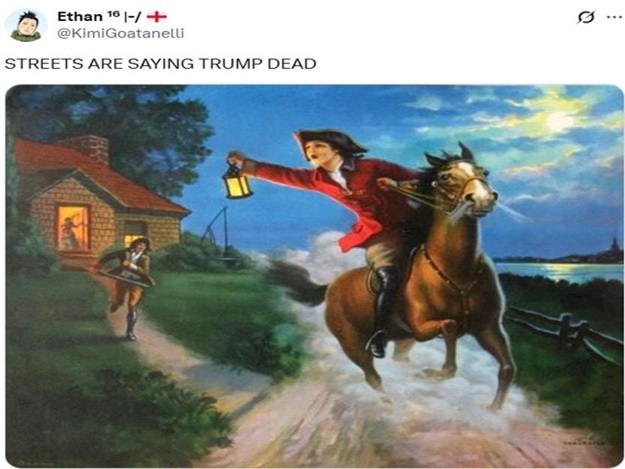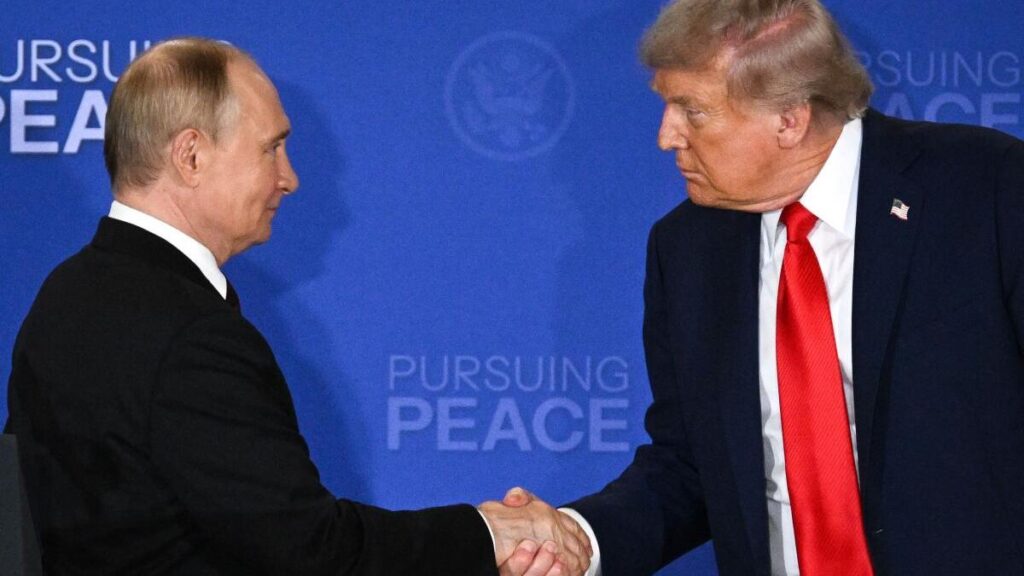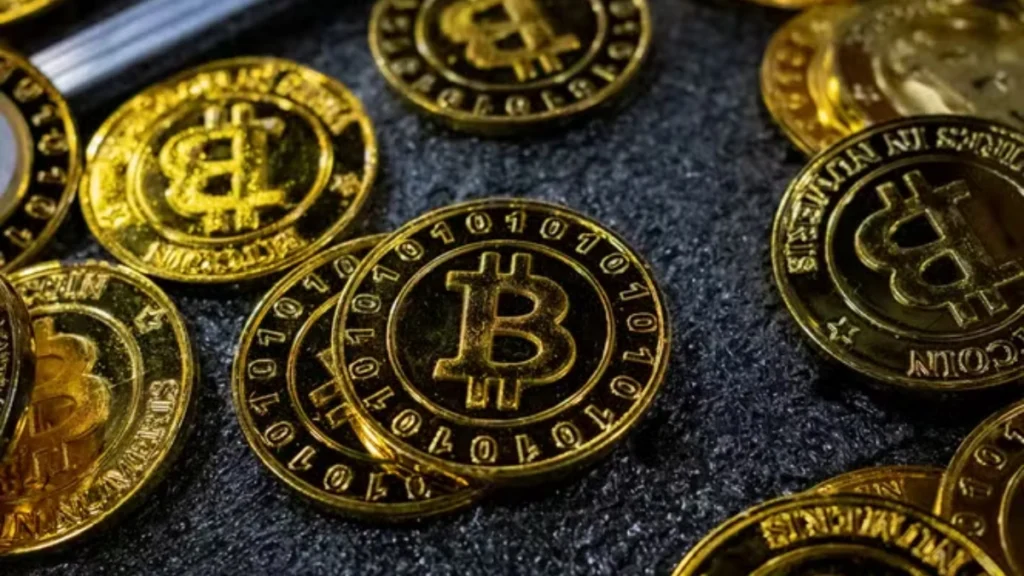Microsoft and OpenAI Reshape Their Partnership: Toward a For-Profit Future and Global AI Expansion
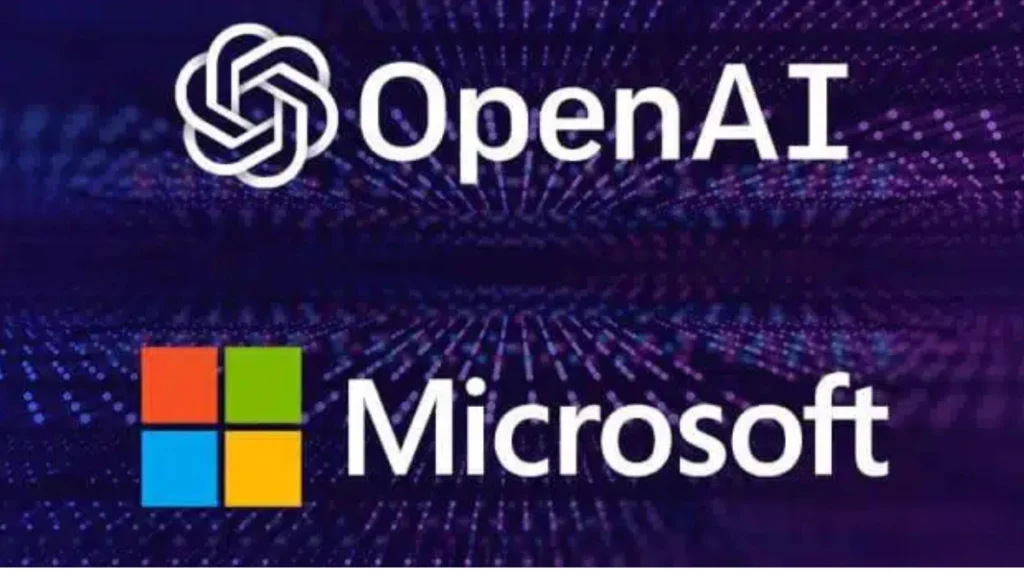
Microsoft and OpenAI, two of the biggest competitors in the worldwide race for artificial intelligence, are starting a new chapter in their collaboration. A non-binding agreement detailing new conditions for their collaboration was signed by the corporations on Thursday. Although it is still in the early stages, the deal lays the groundwork for OpenAI to reorganise as a for-profit company, opening the door to increased funding, more corporate freedom, and potentially even a public trading.
The action highlights the technological, financial, and regulatory challenges influencing the next stage of AI development and marks a dramatic shift in one of the most popular partnerships in the field.
A Turning Point in the Microsoft And OpenAI Relationship

The announcement is a shift from the initial framework of the alliance, which was set up in 2019 when Microsoft spent $1 billion in OpenAI to speed up its AI research. In that first agreement, Microsoft became the startup’s preferred infrastructure partner and was given the sole right to market OpenAI’s models via its Azure cloud computing platform.
Microsoft further strengthened the collaboration in 2023 by pledging an additional $10 billion, solidifying its position as a major distributor and financial sponsor of OpenAI’s rapidly expanding product line, which includes enterprise products driven by ChatGPT and GPT.
However, OpenAI’s goals have now expanded beyond the limitations of its previous agreements. The business is looking for a more traditional governance model and the freedom to collaborate with several technology providers because its revenues are now in the billions and the demand for compute capacity is rising.
Why the Shift Matters
For OpenAI, becoming a for-profit business is about more than just following the rules; it’s about surviving and expanding. With the global demand for AI models skyrocketing, OpenAI must raise massive sums of money to:
- Obtain the computer power required to execute its large-scale models.
- Enter new international marketplaces where competition is getting fiercer.
- Encourage the development of sophisticated AI models, such as cutting-edge systems that are getting close to artificial general intelligence (AGI).
OpenAI would find it simpler to obtain money from private investors and, eventually, through public markets if it adopted a traditional corporation structure. The business is looking for a valuation of almost $500 billion, according to sources referenced in internal memos.
No Major Public Events
Adding to the fuel is The White House schedule that shows no major public events over the weekend, only in-town pool calls at 8:00 AM EDT. This schedule, along with his CVI diagnosis, has intensified social media speculation.
Vice President JD Vance’s Comments
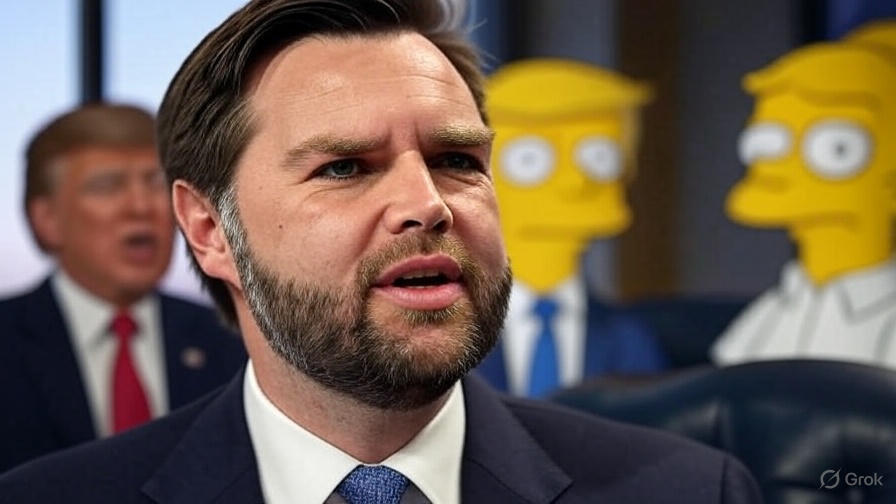
A potential factor contributing to the trend could be recent statements from Vice President JD Vance. During an August 27 interview with USA Today, he remarked, “He’s the last one making phone calls at night and the first to wake up and start calling in the morning. While tragic events do occur, I’m very confident that the president of the United States is in excellent health, will complete his term, and will achieve great things for the American people.”
He further added, “And if, heaven forbid, a terrible tragedy strikes, I can’t imagine better preparation than the experience I’ve gained over the past 200 days.”
Rumours And Social Media Reactions
Online, many users are sharing their own observations and theories about the president’s absence.
One user commented, “Streets are saying Trump is dead.”
